We spend a day astride the 2023 Kawasaki Ninja 400 to remind ourselves of what a capable machine it is and also to bring you up to date on the same.
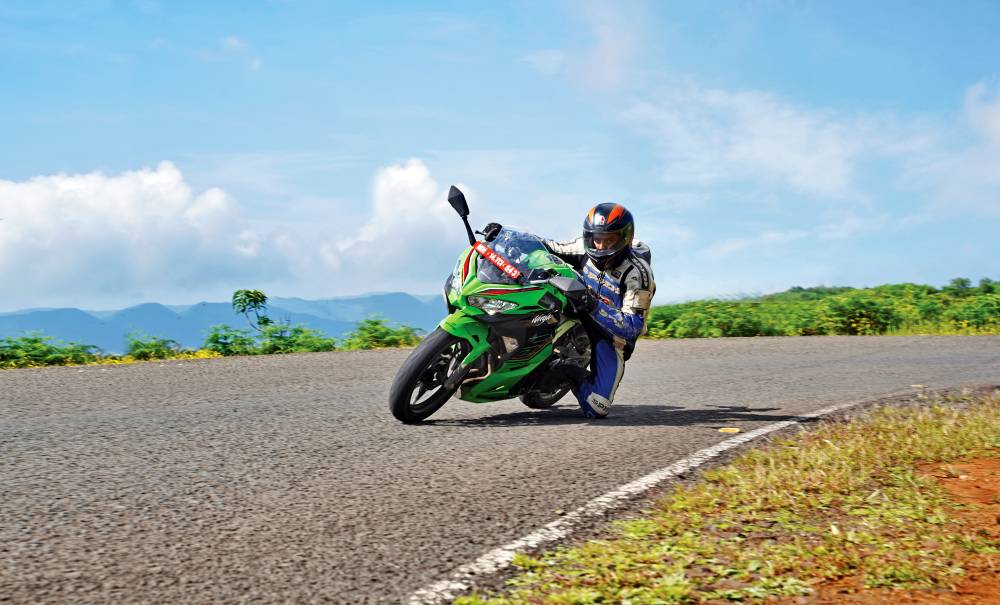
Story: Azaman Chothia
Photography: Apurva Ambep
Best Bikes in India | No.1 Two Wheeler Magazine
We spend a day astride the 2023 Kawasaki Ninja 400 to remind ourselves of what a capable machine it is and also to bring you up to date on the same.

Story: Azaman Chothia
Photography: Apurva Ambep
Bajaj Auto invited us to review the Bajaj CT 125X commuter which also happens to be one of the most affordable motorcycles available in the market
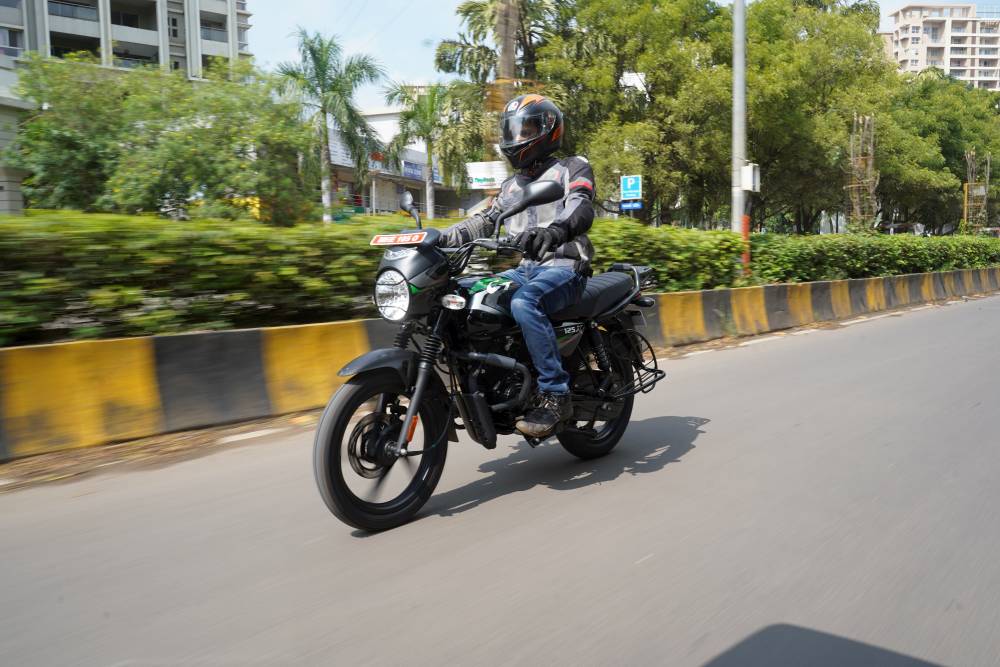
The Vida V1 Pro is late to the electric party but its arrival has sparked interest. We went to Jaipur to make its acquaintance.
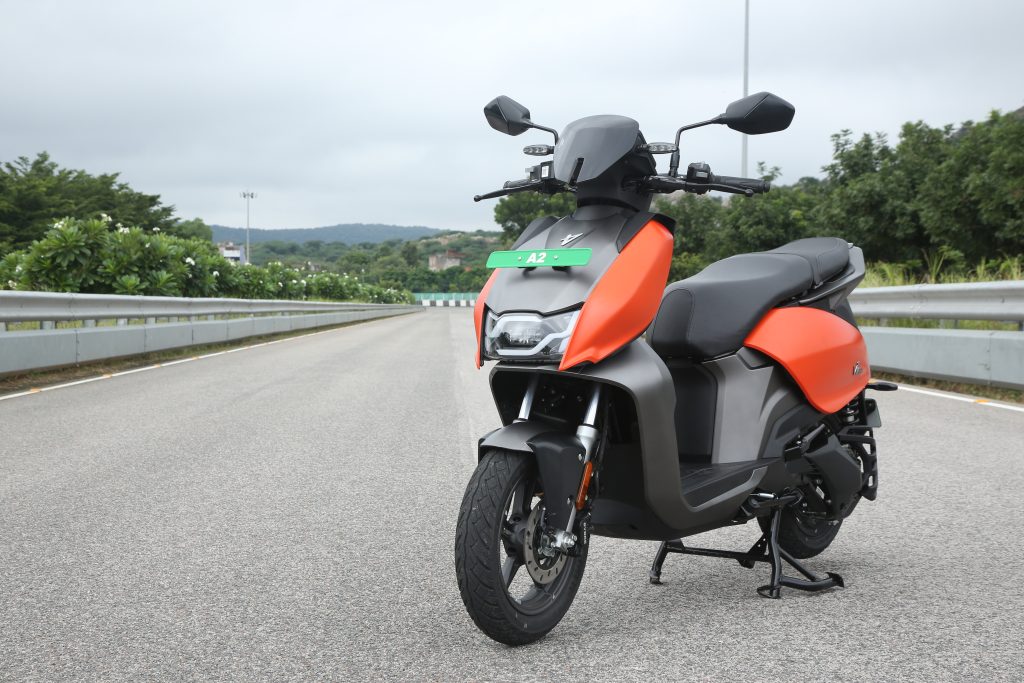
The iconic British marque, BSA, is back with an all-new single-cylinder Gold Star. The renowned badge had been dormant since the early 1970s but now, under new Indian ownership, the Goldie rides again
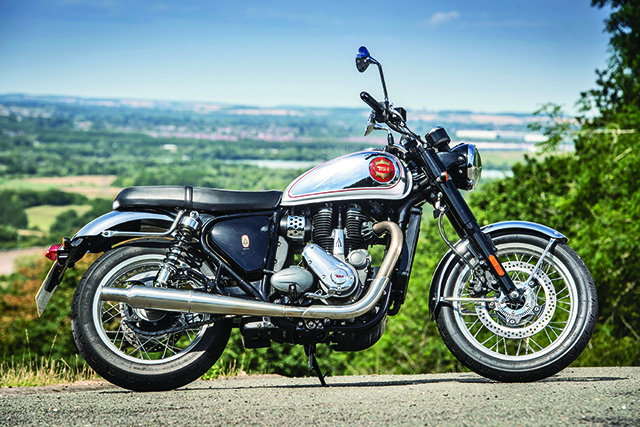
We spend a memorable day with the modern-day iteration of the iconic Suzuki Katana from 1982.
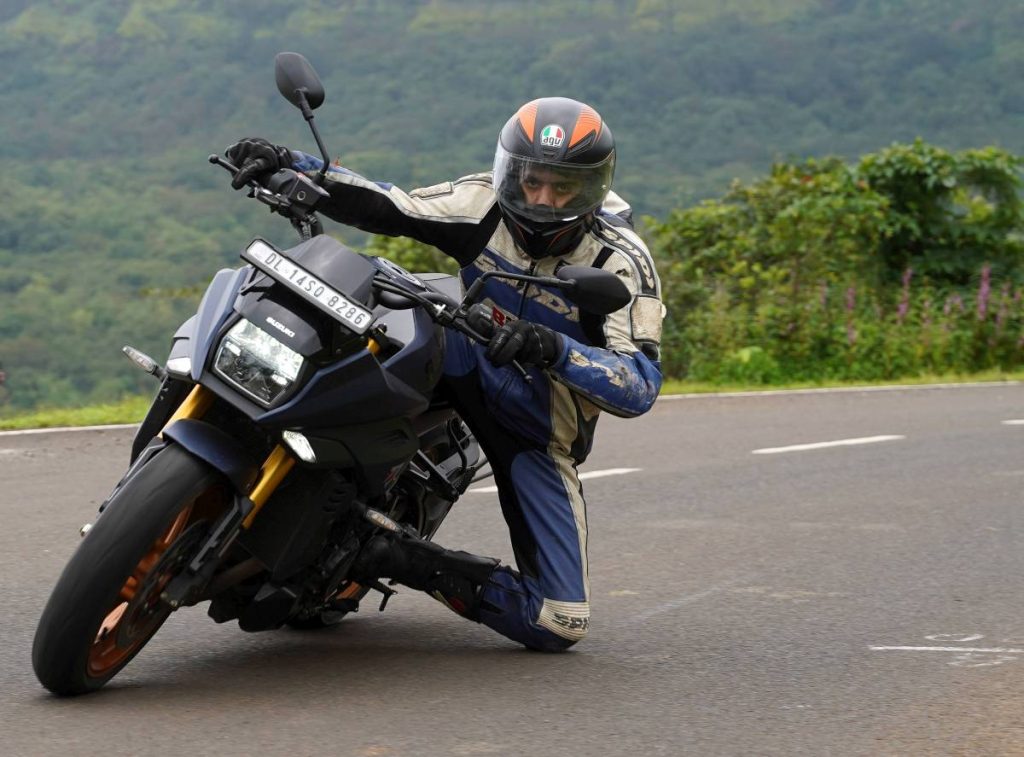
Story: Azaman Chothia
Photography: Apurva Ambep